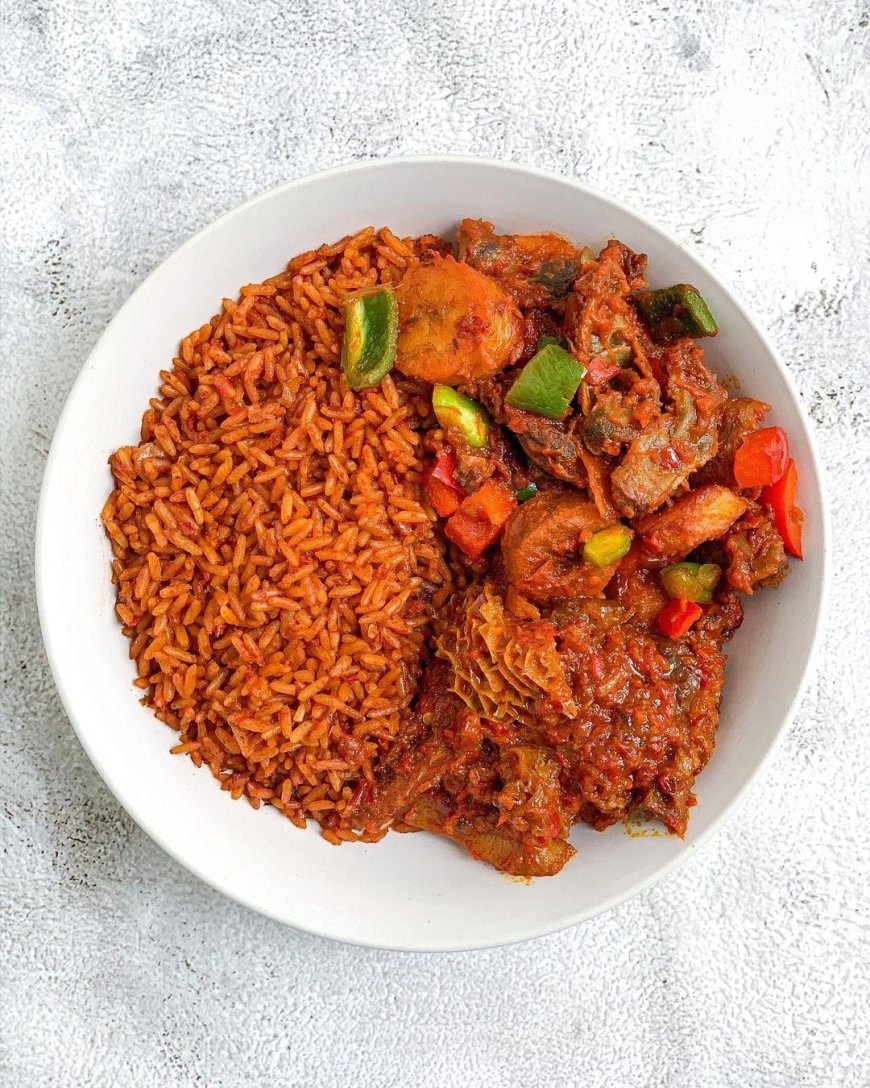Jollof rice now costs N25,486 per pot — Report

The cost of cooking one pot of jollof rice in Nigeria has jumped from N21,300 in September 2024 to N25,486 in March 2025.
This is about a 19 per cent increase in the price of the popular dish.
This was revealed in the latest SBM Jollof Index report titled “Staple Under Stress.”
According to SBM Intelligence, a research and communications group, it looked at how food prices changed between the last quarter of 2024 and the first quarter of 2025.
The report disclosed that the rising prices of key ingredients like pepper, onions, turkey, beef, and rice are the main reasons for the increase.
The SBM Jollof Index tracks how much it costs to cook jollof rice, which is a common Nigerian meal, and uses it to monitor changes in food prices across the country.
The report said protein, especially turkey, remains one of the most expensive parts of the meal.
Turkey now costs between N8,000 and N10,500 per kilo, a big jump from the N1,500 to N1,700 it cost back in 2016,” the report stated.
It also blamed the rise in food prices on insecurity in food-producing areas, which has made it harder to get farm products to markets.
It added that high transport and energy costs are also pushing prices higher.
The report looked at how much it costs to cook a pot of jollof rice for a family of five across 13 markets in Nigeria, comparing figures from September 2024 to March 2025.
While some areas saw stable prices briefly in late 2024, food prices went up again in early 2025.
“For instance, petrol prices have remained elevated, and electricity tariffs for Band A users have increased, adding to household financial strain. Insecurity continues to be a pressing concern, with incidents such as the killing of farmers in Benue, Borno and Plateau States disrupting agricultural activities and limiting the local food supply.
“The national average rose by 19.7 per cent, increasing from N21,300 in September to N25,486 in March, highlighting worsening food inflation and its deepening impact on household nutrition and spending,” the report said.

 admin
admin 


